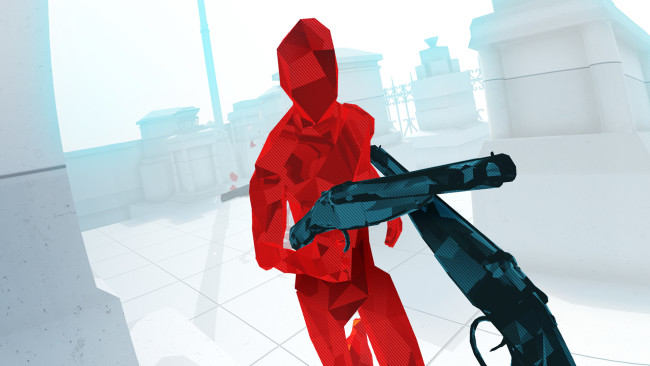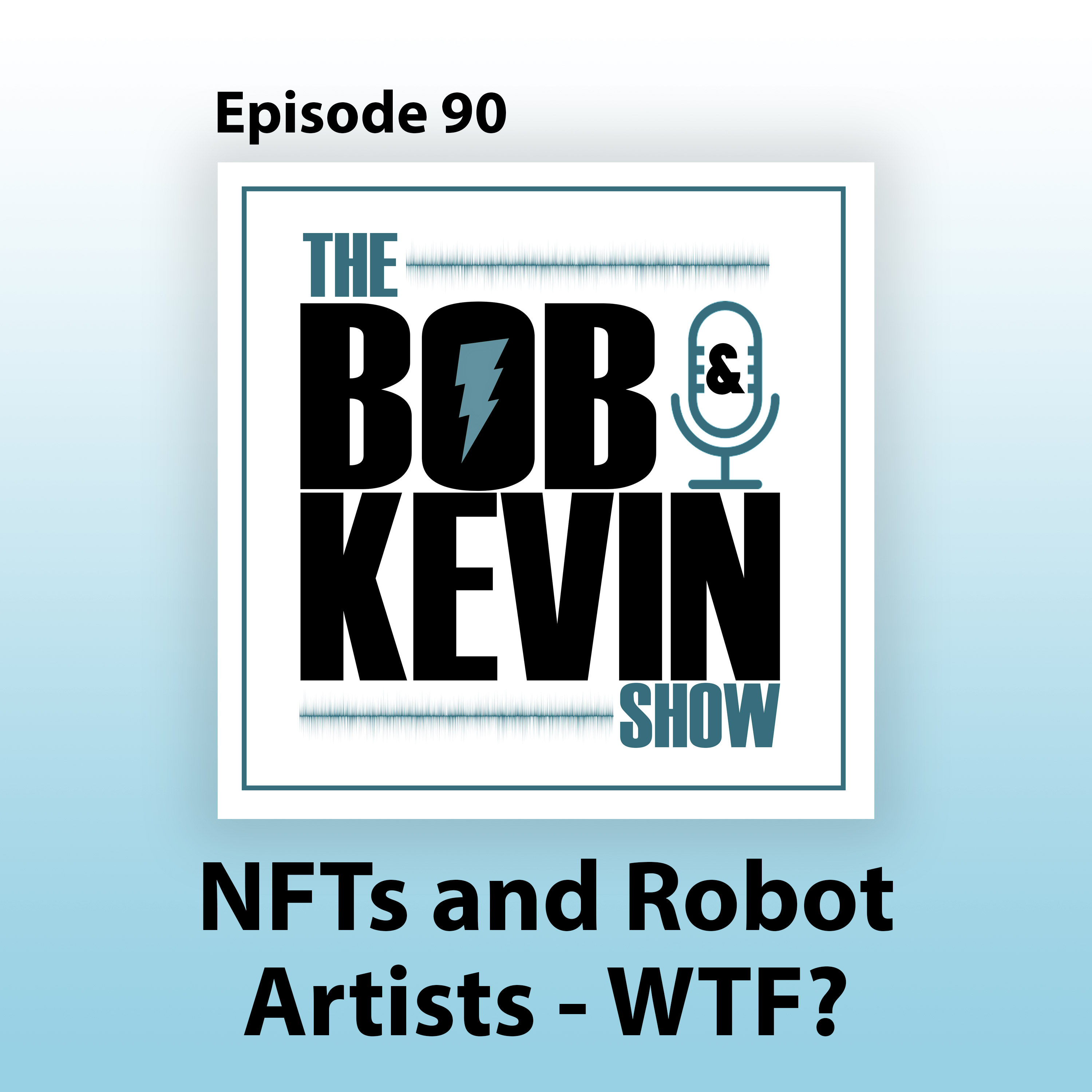

Knowing these dangers is a key reason for people to understand what software piracy is and the potential pitfalls they could encounter if they use pirated software What are some of the most common types of software piracy? The organization estimates that losses due to malware cost companies around $359 billion a year while the loss of unlicensed software to software companies is $46 billion.

The BSA estimates each malware attack can cost a company $2.4 million on average and can take up to 50 days to resolve. In fact, installing unlicensed software or buying a computer with unlicensed software installed has a one-in-three chance of encountering malware. Using unlicensed software puts companies at increased risk of malware infections, which can cripple a company’s network.
.jpg)
Software and IT companies are also losing revenue and profits due to end users who commit acts of software piracy without even realizing that what they are doing is illegal.Īccording to the latest figures released by the BSA Software Alliance in 2018, 37 percent of software installed on personal computers is unlicensed (though given the current pandemic and the increase in people working from home, it’s likely to be even higher). Organized software piracy is costly for IT companies, but this is only part of the problem. How much do IT companies lose to different types of software piracy? While there have been laws in place almost from the start of the home computing age in the mid-to-late 1970s, these legal deterrents, coupled with other software piracy protection techniques, haven’t been enough to stem the tide of software piracy.įor example, the Computer Software Copyright Act of 1980 was the first to safeguard developers and their rights were boosted further when the United States Patent Office began to issue patents to developers in 1989. Consequently, software piracy has ramped up to where it now costs developers and companies billions of dollars a year and the definition of what software piracy is has expanded to include everything from counterfeiting to hard disk loading.
#Superhot pc anti piracy how to
After all, there wasn’t too much that computers could do back then other than run basic programs and the question of how to prevent software piracy wasn’t even being asked.Īs home computing became more common, and copying and sharing technologies - not to mention usage - became more sophisticated. If you had asked “what is software piracy?” in the early days of computing, you’d have discovered that the “pirates” were mostly computing enthusiasts sharing or swapping basic applications on a one-to-one basis. When thinking about how to prevent software piracy, it's important to understand that software piracy is nothing new and that it’s continually evolving. That’s because many people regularly commit acts of software piracy without being aware of exactly what software piracy is - or even that they are doing anything they shouldn’t be - and it’s costing IT companies big money. Since there are so many types of activities that fall under the category of piracy, knowing how to answer the question “what is software piracy” is something all software users should be able to do.
#Superhot pc anti piracy license
Software piracy examples include activities such as an end-user installing a single-use license on multiple computers, a holidaymaker buying a pirated copy of a piece of software in the Far East or the mass distribution of illegally obtained software. Software piracy is the illegal copying, distributing, sharing, selling or use of software, whether intentional or not.


 0 kommentar(er)
0 kommentar(er)
